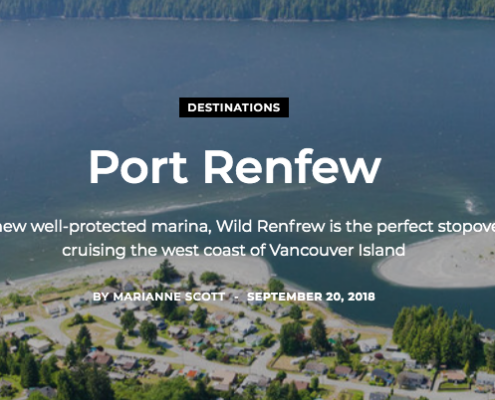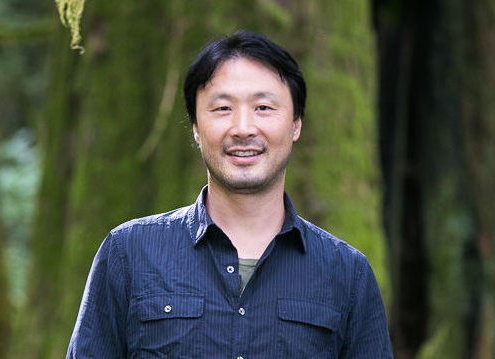
Destinations: Port Renfrew
Pacific YachtingSeptember 20th, 2018
With a new well-protected marina, Wild Renfrew is the perfect stopover for cruising the west coast of Vancouver Island
Pacific Gateway Marina, built on the…

AFA’s Executive Director Ken Wu steps down to start new organization, the Endangered Ecosystems Alliance, while remaining on AFA’s Board
It is with great excitement and sadness that we announce the departure of Ken Wu from his position as the Ancient Forest Alliance's Executive Director of eight years, since co-founding the organization in early 2010. Ken is moving on from the AFA in order to establish a new national organization, the Endangered Ecosystems Alliance, which will promote “ecosystem literacy” and the science-based protection of all native ecosystems in Canada. Read our press release for more details!
